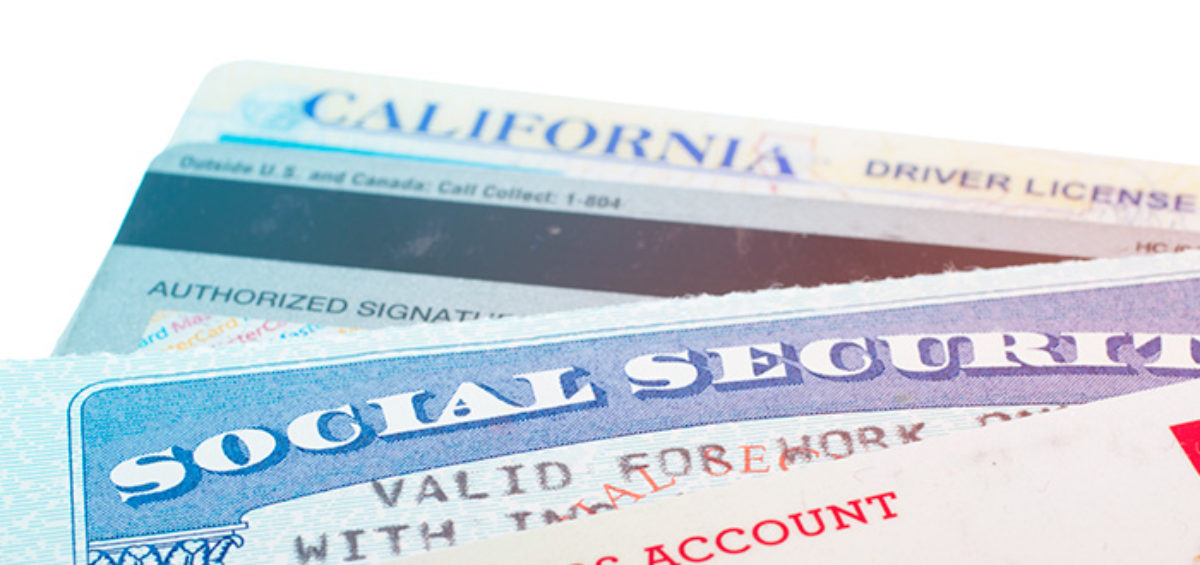This article was last updated on March 27, 2020
REAL ID requirements may soon change your flight check-in routine — even for domestic trips.
NOTE: Due to circumstances resulting from the COVID-19 pandemic and the national emergency declaration, the Department of Homeland Security, as directed by President Donald J. Trump, is extending the REAL ID enforcement deadline to OCTOBER 1, 2021
For years, all you’ve needed is a state-issued driver’s license. But your license may not be valid starting this fall, depending on where you live.
The federal government told states that their IDs needed to be more secure and more difficult to falsify.
All 50 states and the 5 major territories are facing deadlines to meet post-9/11 Real ID requirements. Is your state or territory in compliance? If not, you’ll need to find an alternate form of identification to continue flying.
Read on to learn more about these coming deadlines for REAL ID requirements, as well as where your state or territory stands with compliance.
What is REAL ID?
In the wake of 9/11, the United States Congress passed several laws and regulations designed to make our country safer. One of those laws was the REAL ID Act of 2005.
What is the REAL ID Act? It outlines “minimum security standards for license issuance and production” and it “prohibits Federal agencies from accepting for certain purposes driver’s licenses and identification cards from states not meeting the Act’s minimum standards.”
In short, the federal government told states that their IDs needed to be more secure and more difficult to falsify.
Of course, Congress didn’t expect the states to change their IDs overnight. So, it established deadlines by which all states must be compliant. After the deadlines, residents of states with non-compliant IDs would not be granted access to U.S. government facilities, nuclear power plants or federally regulated commercial aircraft — which means commercial airlines.
In late 2017, all 50 states narrowly beat a deadline for compliance or extension. But, if your state fails to become compliant by fall 2021, you may need a passport or other form of acceptable ID to fly domestically.

Is Your State Compliant?
There are 2 major groups of states.
First, there are states that have met REAL ID requirements.
Those states are:
- Alabama
- Alaska
- Arizona
- Arkansas
- California
- Colorado
- Connecticut
- Delaware
- Florida
- Georgia
- Hawaii
- Idaho
- Illinois
- Indiana
- Iowa
- Kansas
- Kentucky
- Louisiana
- Maine
- Maryland
- Massachusetts
- Michigan
- Minnesota
- Mississippi
- Missouri
- Montana
- Nebraska
- Nevada
- New Hampshire
- New Jersey
- New Mexico
- New York
- North Carolina
- North Dakota
- Ohio
- Pennsylvania
- Rhode Island
- South Carolina
- South Dakota
- Tennessee
- Texas
- Utah
- Vermont
- Virginia
- Washington
- West Virginia
- Wisconsin
- Wyoming
And then there are states that have secured extensions.
Those states are:
- Oklahoma
- Oregon
California has made efforts to become compliant, and its new ID is now under review. Among U.S. territories, Guam, Puerto Rico and the Virgin Islands are compliant, while American Samoa and the Northern Mariana Islands have secured extensions.

What Happens Next?
If you live in one of the 48 states compliant, you can breathe easy. But, if you live in one of the 2 other states (or in one of our territories), it’s time to start making alternate ID arrangements — especially given how often you travel for work.
The Department of Homeland Security site sends a stern message to non-compliant states. Take this passage for example: “It has been 12 years since the REAL ID Act was passed and half of all the states have already met the REAL ID requirements or minimum standards. It is time that the remaining jurisdiction turn their commitment to secure identification into action.”
Let’s assume the new Oct. 1, 2021 deadline is a hard one and states that remain non-compliant at that date cannot count on further extensions. What should residents of those states do?
Your REAL ID Alternatives
A state-issued driver’s license is only one of several forms of ID that the Transportation Security Administration will accept. You may also use a U.S. passport or passport card, as well as a Global Entry card. See a full list of acceptable forms of identification on the TSA’s website.
But remember: If you don’t have an alternate form of ID, get one as soon as possible. It can take 6 weeks or more to get a passport using the routine method, though you can pay a premium for expedited delivery.
At JTB, we offer our clients visa and passport assistance. We understand that last-minute business travel can lead to urgent document needs — which is why we created this helpful service. Learn more about our visa and passport application assistance, or use our visa tool to see if a visa is needed for your next international trip.
Stay in the Know With JTB Business Travel
Even a routine business trip requires significant planning and the coordination of several moving parts. At JTB Business Travel, we help companies and organizations large and small navigate the challenges of corporate travel.
We provide tools and resources to help plan trips that minimize costs, and we also provide travel alerts and insights on anything that could affect your plans — Real ID requirements included. Behind everything we do is a common-sense approach to corporate travel.
Contact us today about getting the most out of your business travel.














Leave a Comment